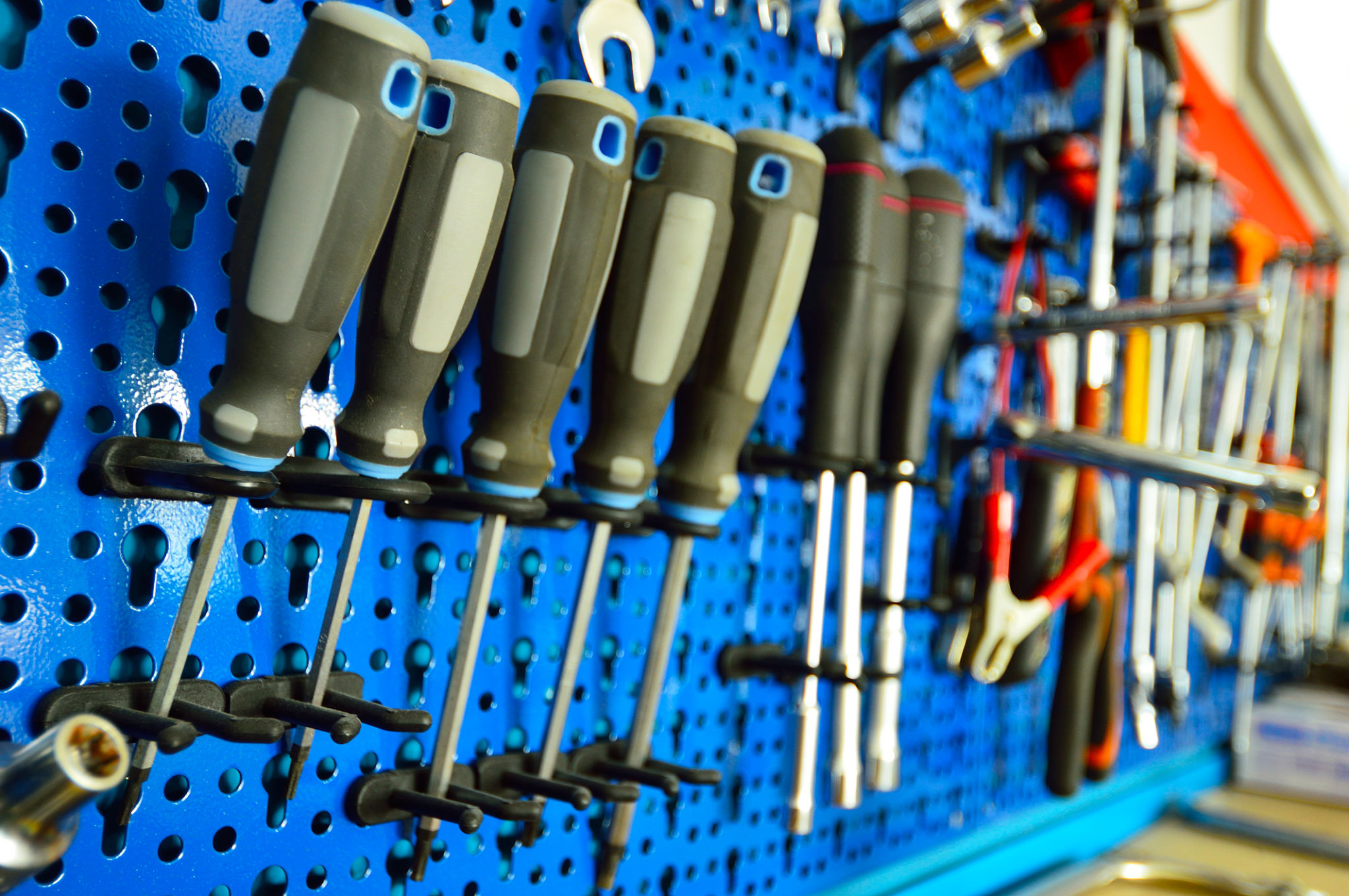How to Install and Maintain European Auto Parts: Tips for Car Enthusiasts
Understanding European Auto Parts
European cars are renowned for their precision engineering, performance, and luxury. However, maintaining and installing European auto parts can be quite different from working with domestic vehicles. Car enthusiasts who appreciate the unique characteristics of European vehicles must understand the nuances of these components to ensure optimal performance and longevity.
When it comes to European auto parts, it's essential to recognize that they often require specific tools and expertise. Using the right equipment can make a significant difference in the installation process, helping to prevent damage to the parts or the vehicle itself.

Choosing Quality Parts
Before you start any installation, it's crucial to source high-quality parts. The market is flooded with counterfeit and substandard components that can jeopardize your vehicle's performance. Always purchase from reputable suppliers or directly from the manufacturer to ensure authenticity.
Consider the following when choosing parts:
- OEM vs. Aftermarket: Decide whether you want Original Equipment Manufacturer (OEM) parts or aftermarket alternatives.
- Warranties: Look for parts with warranties as they often indicate quality assurance.
- Reviews: Check customer reviews and ratings to gauge the reliability of the part.
Installation Tips
Once you've secured the right parts, it's time for installation. If you're a DIY enthusiast, make sure you have a comprehensive repair manual for your vehicle model. This will guide you through the installation process step-by-step.
Here are some tips to keep in mind:
- Preparation: Gather all necessary tools and materials before beginning the installation.
- Patience: Take your time to follow instructions carefully to avoid mistakes.
- Test: After installation, test the component thoroughly to ensure it functions correctly.

Regular Maintenance Practices
Maintaining European cars requires a proactive approach. Regular maintenance not only extends the life of your vehicle but also ensures it runs smoothly. Key aspects of maintenance include routine oil changes, brake checks, and tire rotations. These help prevent wear and tear on essential components.
Avoid delaying maintenance tasks, as this can lead to more costly repairs down the road. Stick to the manufacturer's recommended service schedule for optimal results.
Troubleshooting Common Issues
Even with meticulous care, issues can arise with European auto parts. Being able to identify common problems can save you time and money. For example, if you experience unusual noises, vibrations, or warning lights, it's critical to diagnose these issues quickly.
If troubleshooting proves challenging, don't hesitate to seek help from a professional mechanic who specializes in European vehicles. Their expertise can ensure that problems are resolved efficiently.

The Benefits of Professional Assistance
While many car enthusiasts enjoy working on their vehicles, some installations and repairs may require professional intervention. European cars have complex systems that may not be as familiar to all DIY mechanics.
An experienced professional can offer valuable insights and ensure that the work is completed to the highest standard. This is particularly important for safety-related components like brakes and suspension systems.
The Road Ahead
Caring for your European car can be a rewarding experience, offering a deeper appreciation for its engineering and performance. By understanding how to install and maintain European auto parts, enthusiasts can keep their vehicles in top condition and enjoy them for years to come.
A little knowledge and preparation go a long way. Whether you're a seasoned pro or a newcomer to European cars, these tips can help you navigate the intricacies of maintaining these exquisite machines.

